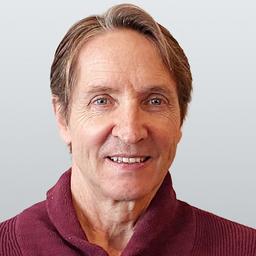Commentary
A poster in a teacher’s classroom at a high school in Surrey, B.C., suggests society is too moralistic about sex work, the quote coming from an avowed Satanist. National Post writer Jamie Sarkonak described the classroom in this way: “The classroom ... is coated with social justice posters: ones that decry colonialism, ones that inflame racial politics and one that even likens prostitution to regular physical labour.”

